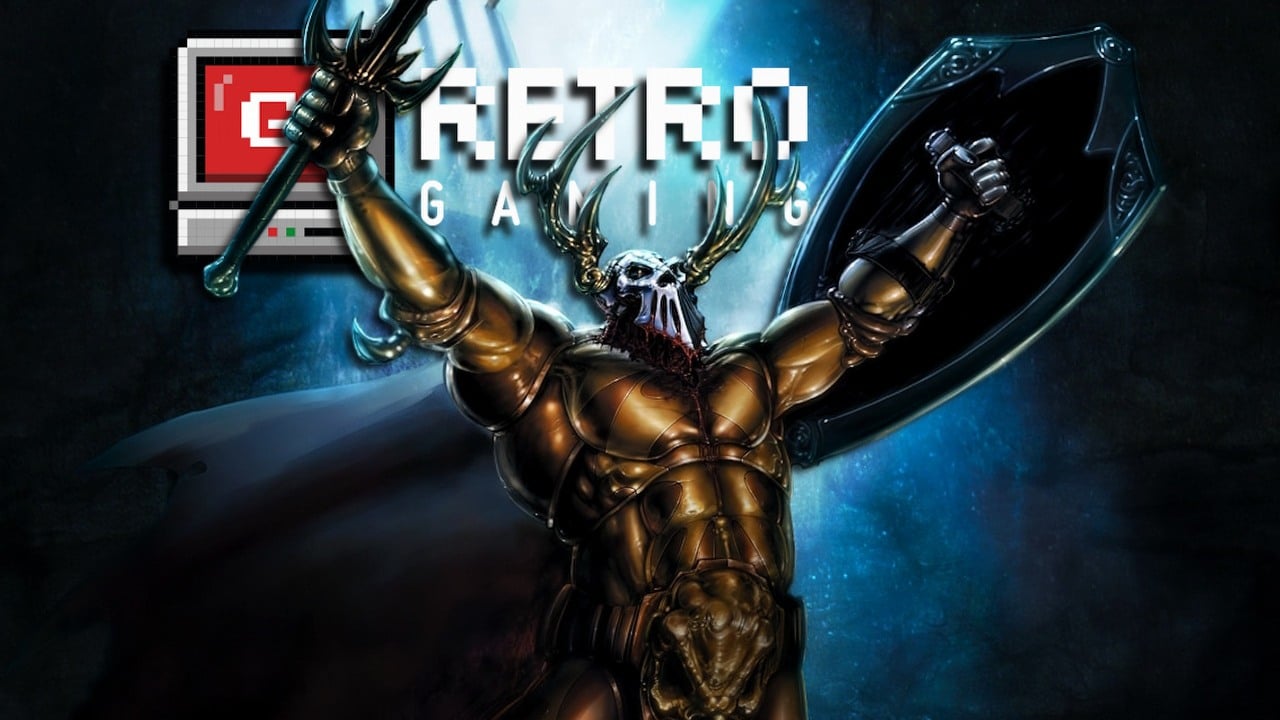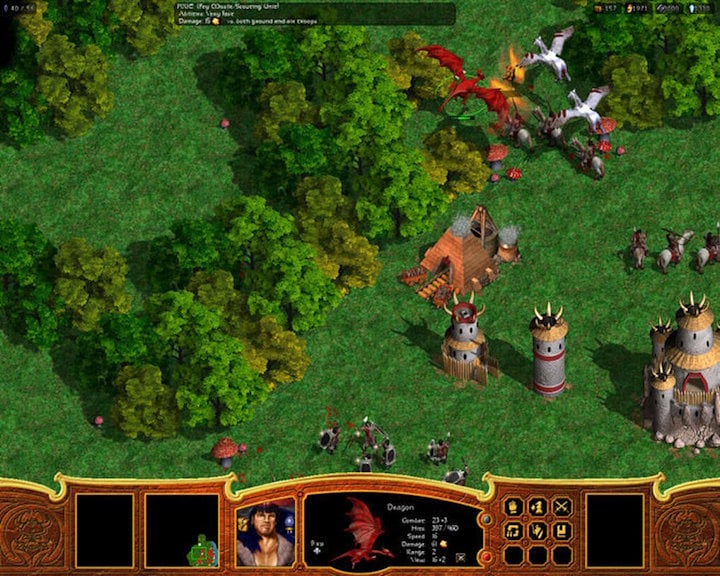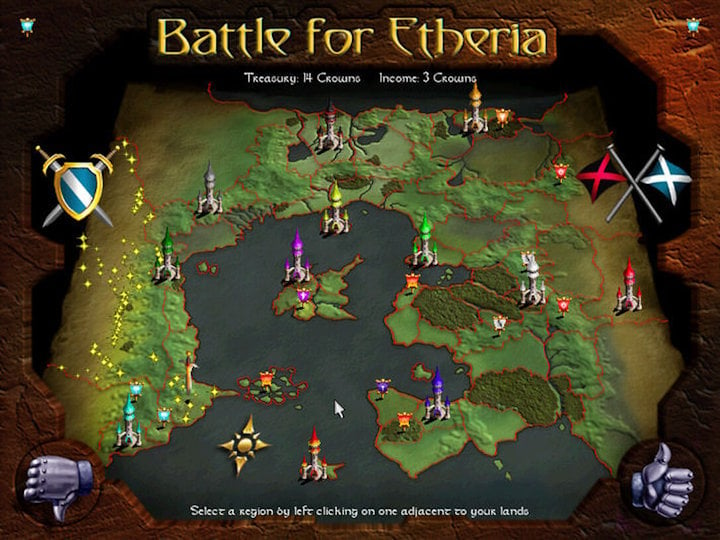
During the transition from the late 1900s to the early 2000s, numerous exceptional Real-Time Strategy (RTS) games emerged, with Warcraft 3 being one that many still cherish. Yet, it’s essential not to overlook other notable titles from that era. One often-overlooked gem is Warlords: Battlecry 2. As a child, I spent countless hours on this game, and I genuinely feel it deserves a mention in our memories.
Series with a long lineage
The Warlords series can be traced back to 1990, when the initial game under this title was released. This installment introduced a turn-based strategy set within a fantasy realm named Etheria, which later served as the backdrop for all subsequent games in the series.
In terms of the storyline, it wasn’t particularly innovative; instead, it revolved around the idea of multiple races consistently fighting against each other.
The main series evolved gradually, with three primary installments being released during the ’90s. Meanwhile, the team responsible for the series, the Strategic Studies Group, decided to branch out and created a real-time strategy game blended with RPG elements. As a result, a new series called Battlecry was born, consisting of three games released in 2000, 2002, and 2004 respectively.
RTS of blood and bone
In the game Warlords: Battlecry 2, the fundamental playstyle closely resembles a traditional Real-Time Strategy (RTS) format. As players, we select one of the offered factions and our main goal is usually to vanquish other competitors on the map. The strategy for success involves constructing and enhancing buildings while amassing resources. This process empowers us to create a formidable army.

At this point, one might assume it’s just another Real-Time Strategy (RTS) game. However, luckily, the team behind the game, known as the Strategic Studies Group, had innovative concepts to set it apart from others. It is due to them that I never forgot about this unique title.
Protagonist straight from RPG games
A distinctive feature of the game was crafting your unique character at the outset, determining their stats, picking their class, and selecting their abilities. As the story unfolded, the main character accumulated experience points and advanced to higher levels. This evolution made them progressively stronger and more formidable in battles.
Additionally, it featured a common RPG-style gear system where enemies, alongside the player, had distinct characters on the map. Upon their defeat, a lootable chest containing equipment would appear, which included items that enhanced the main character’s stats when equipped.
Let me tell you, that proved incredibly helpful! Given its physical nature, we manipulated it across the map and utilized it for swiftly eliminating opponents. Just by dispatching our hero accompanied by a small force of troops to the rival’s base at the game’s start, we managed to obliterate it before expansion was possible. In essence, this allowed us to rapidly halt the enemy’s preparations.
Sandbox construction campaign
In the game “Warlords: Battlecry 2”, the campaign followed a unique layout, devoid of an intricate narrative. Rather than progressing through linked quests, players were presented with a map of Etheria, which was segmented into 67 distinct territories that needed to be seized for victory. Each region differed from the others in terms of size and terrain configuration.
In total, there were twelve distinct factions to select from. These included Humans, Barbarians, the Undead, and Forest Creatures, each boasting unique strengths, weaknesses, unit types, and structures. Furthermore, they had varying requirements for raw materials, which created a distinctive gameplay dynamic. To progress efficiently, it was essential to manage specific resources effectively. At that time, balance wasn’t as crucial an aspect, so some factions were noticeably more powerful than others.

*Selecting a race determined the initial location on the campaign map, which established a unique sequence for advancing through the game. Consequently, a degree of unpredictability was incorporated into the overall game design. Eventually, territories were conquered that enabled access to additional races, thereby enhancing the game’s diversity and replay value.*
Less pleasant continuation
Previously noted, a new part has been added to the series. Specifically, “Warlords: Battlecry 3” marked the debut title from Infinite Interactive and, regrettably, its final release as well.
Admittedly, the title didn’t leave as strong an impression on me compared to others. Despite the expansion of races, a shift towards a sequential campaign structure, and a grittier visual style that has shown signs of aging, I find myself drawn back to Warlords: Battlecry 2 more frequently.
How to play Warlords: Battlecry 2 today?
It’s quite simple to acquire “Warlords: Battlecry 2” digitally, but let me clarify that it’s not on Steam at the moment. You can find it instead on the Ubisoft Store and GOG.com. Interestingly, the price is just $5.03.
While this title might be quite vintage, it isn’t compatible with modern operating systems. In some cases, running it on your computer may require a bit of extra effort.
Read More
- Who Is Harley Wallace? The Heartbreaking Truth Behind Bring Her Back’s Dedication
- 50 Ankle Break & Score Sound ID Codes for Basketball Zero
- Basketball Zero Boombox & Music ID Codes – Roblox
- 50 Goal Sound ID Codes for Blue Lock Rivals
- Lost Sword Tier List & Reroll Guide [RELEASE]
- 100 Most-Watched TV Series of 2024-25 Across Streaming, Broadcast and Cable: ‘Squid Game’ Leads This Season’s Rankers
- Summer Games Done Quick 2025: How To Watch SGDQ And Schedule
- Gaming’s Hilarious Roast of “Fake News” and Propaganda
- League of Legends MSI 2025: Full schedule, qualified teams & more
- The best Easter eggs in Jurassic World Rebirth, including callbacks to Jurassic Park
2025-02-19 01:03